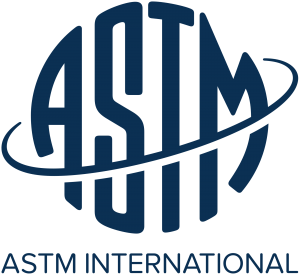

How can you ensure your testing machine is compliant with these latest. Why and how have the standards changed?. Which metals testing standards have changed recently?. APK CAMERAFI LIVE ISO
Metals Tensile Testing Standards: ISO 6892-1 ASTM E8/8M for Strain Control Method A Closed loop – Rp0.2 = 35s, Break = 55s Method A Estimated rate – Rp0.2 = 65s, Break 85s Method B 10Mpa/s – Rp0.2 = 58s, Break 78s
Time taken to run round AL specimens on a 5985, Fatigue grips and AutoX. 68 seconds – 39% time saving per test when using closed loop control! 
One in closed loop control at 0.00025/s and the other at an estimated rate using a straining rate of 0.00027/s which resulted in a strain rate of 0.00025/s at Rp0.2 as per annex F. Run on a 5985, AutoX, 250kN Fatigue rated grips and 75kN UTS steel specimen Both tests ran to ISO 6892-1 Method A.Goal of the slide is to show how a system which cant do the automatic closed loop control (or Partner with different PID terms per ramp) could run the test to Method A Stress strain stays the same Extension rate plotted Show how the strain rate falls inside 20% limits during the calculation.strain after yield (plastic deformation) Shows ☒0% error bands strain before yield (elastic deformation) Extension rate vs.

Performed on a 5969, 50kN wedge grips, AutoX and aluminium specimens Runs in 4 sections Stress and Strain rate vs.
Goal of the slide is to show how the systems can control well within the 20% bounds from the standard Explains system compliance in a graphical way when running strain control. Amplified deflection! Combination of the system – Load frame, drive system, load cell, adaptors, grip bodies, jaw faces, specimen All of this deflection is why strain control is a challenge. Just pointing out the ASTM is recommending similar methods as ISO, but tolerances are less-restrictive. PID Gains are used to adjust the error signal so that the desired machine control is achieved. An “Error” signal results representing the difference between the Set Point and Feedback signal. The Controller monitors the difference between the Set Point and Feedback signals. Purpose of slide is to highlight tighter tolerances of Method A. The images explain which is main mode of feedback for control during the initial stage of the test Unfortunately they are not all in the same order. Goal of slide – Explain some of the differences and similarities between ISO 6892-1 and ASTM E8M Both have methods for Stress, Strain and Extension control. Differences in yield strength when running at extreme rates allowed by Method B Producing steel across different mills/sites – standardize so comparing same properties (apples-to-apples). Guidelines for Rebar testing are widely available in many common testing and product standards Compliance with standards helps ensure product quality and a better reputation in the marketplace Common Rebar Test Standards include: ISO 15630-1 ASTM A615, A370 (Annex A9) GB 1499 BS 4449, BS EN 100080 JIS G3112 The goal behind this is so the testing procedures can be standardised, this also prevents the duplication of effort. Various rebar product standards link back to one or more international testing standards. A global solution is supplied in the ISO standards for metric screw threads.” “The diversity of screw threads used to represent big problems for industry, particularly in maintenance, as lost or damaged nuts and bolts could not easily be replaced. Various pipe and tube product standard link back to one or more international testing standards. Therefore, it is important to stay up to date with relevant Mechanical Testing Standards. Using Pipe and Tube as an example of how product standards often times have testing requirements and those sections of the product standard usually link back to a mechanical testing standard. User confidence that Instron products will enable their lab to meet the mechanical testing demands of product and testing standards.







 0 kommentar(er)
0 kommentar(er)
